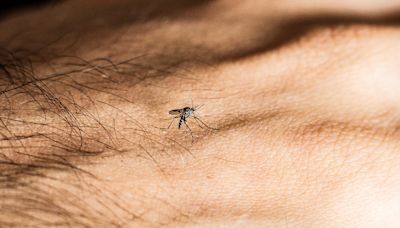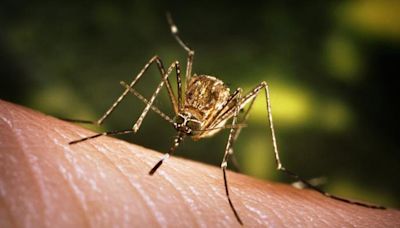Search results
May 21, 2024 · High Fever: Temperatures of 104°F (40°C) or higher that don’t come down with treatment. Other Symptoms: Difficulty breathing, severe headache, stiff neck, persistent vomiting, or signs of dehydration (such as no tears when crying, a dry mouth, or less frequent urination).
1 day ago · 2. Periodic Fever Syndrome. This is a genetic syndrome inherited from parents that causes fever in children without the presence of an infection. It is a gene mutation and most children are perfectly well between flares of the disorder.
People also ask
What if a child has a fever?
What causes fever in children without an infection?
How long does a fever last in a child?
May 22, 2024 · A body temperature of 100.4°F (or 38°C) or higher is considered a fever in children. To put that in perspective, a normal body temperature ranges from 96.4°F to 100.3°F (or 35°C to 37.9°C). So if your kiddo has a temperature of 100.4°F or higher, it’s time to reach out to your pediatrician.
2 days ago · Your child generally has a fever if they have a temperature of at least 100.4°F (38°C). (3) There are dozens of reasons why children (and adults) develop a fever. Most are caused by self-limiting viral infections that don’t require treatment. However, about 90% or more of kids’ serious bacterial infections may be due to urinary tract infections.
6 days ago · Symptoms of fever and rash in children. The symptoms can vary, but typically, a fever will make your child feel warmer than usual, with body temperatures exceeding 37.5°C. The rash could be from small, pinpoint spots to large welts on the body. It may also differ in colour and texture, appearing flat or raised, and sometimes being itchy.
3 days ago · It’s an indicator. While a fever might be uncomfortable (and even slightly worrisome), it’s not inherently bad. A high temperature is the body’s way of fighting an infection or responding to a traumatic injury. It’s a natural bodily response, a sign that the immune system is gearing up for a battle. Still, questions remain.
2 days ago · The signs of Lyme disease in children are similar to those in adults. The most common sign is a rash, which can appear similar to a bull’s eye target. Other symptoms include fever, chills ...



